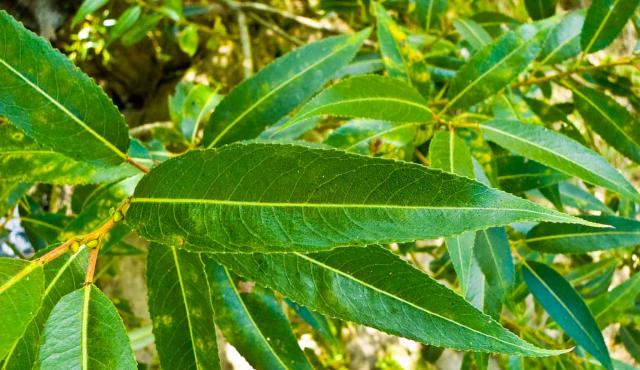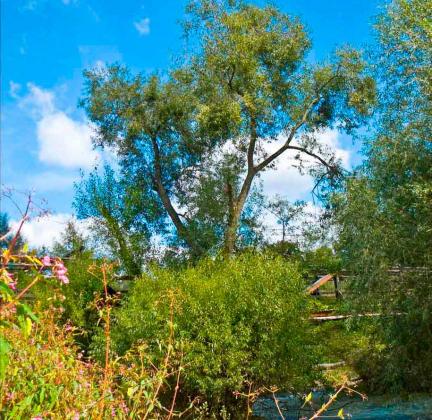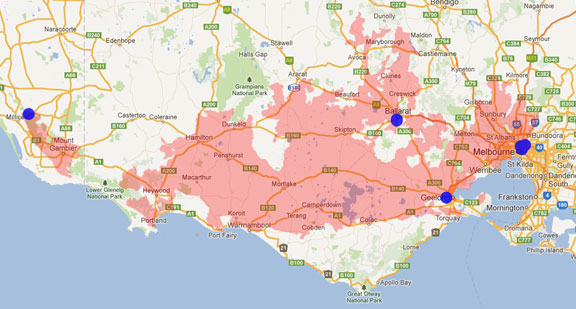A range of teacher professional learning programs will be developed to accompany the Biodiversity of the Western Volcanic Plains online outreach...


Crack Willow
Salix fragilis
Most collections of Salix fragilis are male, indicating that most populations have arisen vegetatively. Females may set seed however pollen donors may be from other Salix species. Willows are extensively naturalized along watercourses and may dominate creek banks and flood plains shading out native species. They are often removed prior to revegetation works on stream banks.
| Details | Description |
| Type | Tree |
| Group | Willow |
| Identifying Characteristics | |
| Distinctive Features | A distinctive 'cracking' sound is obtained when twigs are snapped from the branches. Leaves are held erect, not weeping. |
| Life Form Group | Tree |
| Life Form Codes | Understorey Tree or Large Shrub (T) |
| Native Status | Introduced |
| Weed Status Invasiveness | High INVASIVE |
| Weed Status Impact | High IMPACT |
| Taxonomy | |
| Phylum | Charophyta |
| Class | Equisetopsida |
| Order | Malpighiales |
| Family | Salicaceae |
| Genus | Salix |
| Species | fragilis |

Distribution maps indicate current and historic locations where species have been sighted.
Source: Atlas of Living Australia
| Endangered Status | |
| DEPI Advisory List | Not listed |
| FFG Act | Not listed |
| EPBC Act | Not listed |
The conservation status of species is listed within Victoria and Australia.
The Department of Environment and Primary Industry (DEPI) Advisory List consists of non-statutory advisory lists of rare or threatened flora and fauna within Victoria.
The Flora and Fauna Guarantee Act 1988 (FFG Act) lists threatened species in Victoria. Under the Act, an Action Statement is produced for each listed species.
The Environment Protection and Biodiversity Conservation Act 1999 (EPBC Act) is the Australian Government’s key piece of environmental legislation, listing nationally threatened native species and ecological communities.



